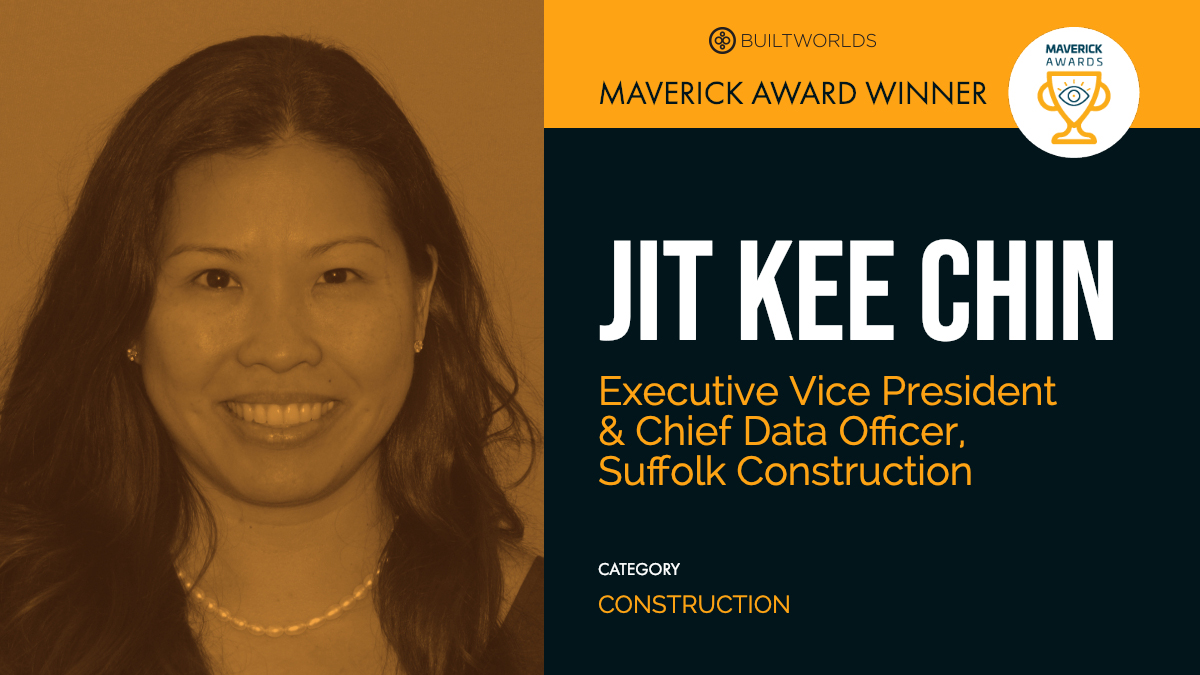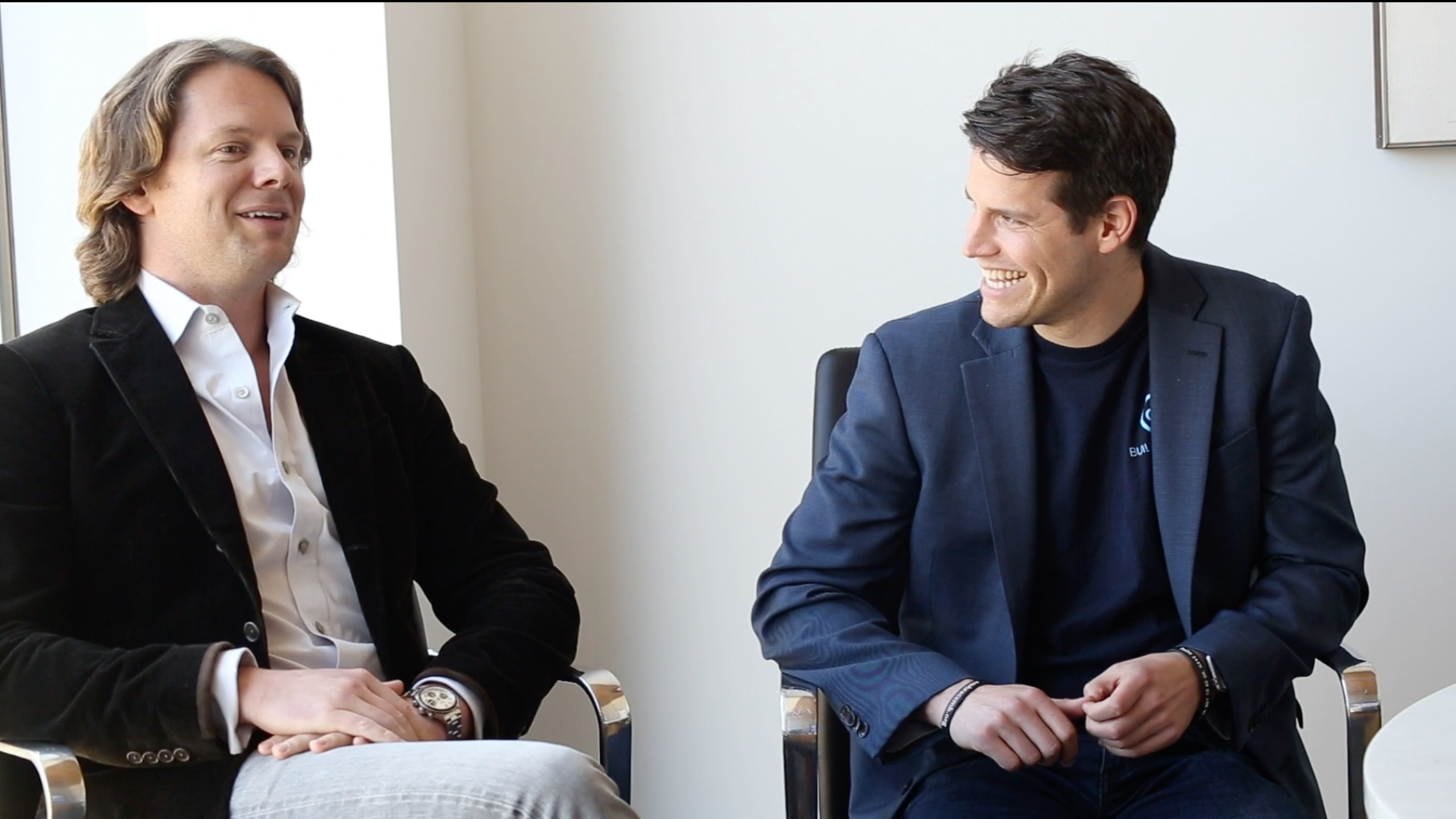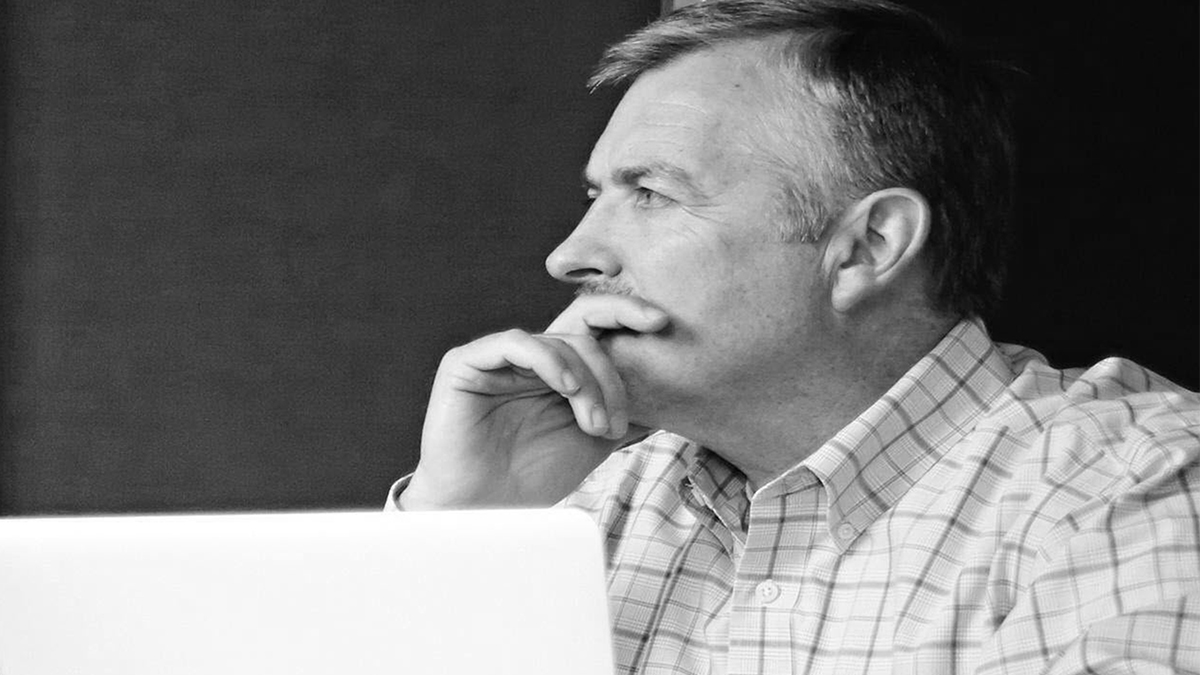
I am Jamie Roche, CEO HELIX RE
Can you describe what Helix does for readers who might not be as familiar with you all?
HELIX Digital Twins are accurate, shareable, digital models of buildings including plans, 3D models and panoramic photographs. HELIX Digital Twins are more accurate and more comprehensive than traditional plans and are delivered faster and for less. Importantly, HELIX Digital Twins can be easily shared and understood through a web interface on any device without any special training or software.
Buildings can be viewed by anyone, anywhere, without the need to visit a property. Measurements, visual reviews, and even architectural and engineering analysis can be done remotely saving time and enabling broader and deeper participation.
Our customers include property investors who use the HELIX Digital Twin to evaluate properties for purchase, tenants planning and executing property improvements and full-service real estate companies that use digital twins to market and service commercial, retail and multi-unit residential properties more effectively.
What are Helix’s core values?
At Helix, we create elegant, high-impact solutions using advanced technology.
We are a team committed to making the built world better…and having fun while we’re doing it.
Data is becoming a hot topic in the industry. What are some ways that companies can effectively use and leverage data on the jobsite?
As quality building and real estate data becomes more broadly and usably available uses for the data will follow. There are two categories of data use that we are currently focused on; user convenience and life safety.
We learned in every business sector, once customers are given tools that make their lives more convenient they quickly consider these tools requirements. Virtual visits, interior wayfinding, resource location and availability are early examples of building data driving tools that improve convenience.
Similarly, access control, temperature, moisture and occupancy monitoring not only promise to improve comfort and convenience but have a role to play in ensuring the safety to those who use and service buildings.
Check these other BuiltWorlds Q&As
Why is data now becoming such an integral process of the AEC space?
This question should be answered in three parts; What is data? Why is data integral? and Why now?
From the HELIX point of view, data starts with an accurate digital record of a building. Simple questions like how big is it? How many square feet of something is there? How thick are the floors?... These are data questions. And the data is not readily available and the data is surprisingly unreliable.
Data is useful when we can apply it to inform decision making. Without accurate data we make bad decisions. Without volumes of quality data and tools that allow people with a broad range of skills and needs to use that data, we make mistakes. Questions that start with “what is the best way to…” or “could we …” require accurate data and finding answers requires looking dispassionately at volumes of data from similar situations. When this data is available and new tools make it easy to use, we make better decisions.
“Why now?” always comes down to two things: Because we can, and because doing so makes life better. Technology is making it cheaper, faster and easier to capture data. We are learning how to organize and “clean” data to make it more useful. And as the benefit of data and data-enabled services become available, then people first desire them, then expect them, and then demand them.
Our standards for interacting with the built world are accelerating at a very rapid rate. Where we once needed to conform to buildings, we now expect they should conform to us. Buildings need to be smarter, safer, greener, and more comfortable. But these elevated standards don’t mean people are willing to pay more to get them. So data is important both to make buildings better and to make it cost efficient to achieve that end.
What prompted you to start HELIX? What hole in the industry did you see?
HELIX is a reformation of a company called FLUX that spun out of Google. I joined to help transform what was a mind-boggling AI research project into a business. We switched from focusing on automating the design of better new buildings to HELIX when we realized that the much bigger opportunity was improving the performance of existing buildings. In order to make existing buildings better worldwide, we needed to harness the best new technology to make the process of moving buildings into the digital world dramatically faster and cheaper.
We saw that the current method of producing digital twins would not allow the participation of the vast majority of buildings and their owners and users. And without a digital twin, a “smart building” is just a dumb building with smart stuff in it...or worse.
We’ve all seen interesting and insightful prognostications about smart buildings and smart cities. At HELIX we believe in a dramatically different future for the built world because of technology. We know that IoT is and will continue to play an even greater role in making buildings better. We believe that the data of buildings will be consolidated and evaluated across many buildings. But none of these things can happen before digital scanning of building assets is ubiquitous. Until HELIX, this could not be achieved quickly enough or cost efficiently enough to be possible.
What part of working at HELIX makes you the proudest?
We have all-hands “Demos” weekly where everybody who wants to presents what they are working on. I cannot remember one where I was not blown away by one or more of the presentations. I have run and worked for companies where great people did great things, but this company is redefining the pace of innovation and they are doing it as a team, not as gifted individuals. It is not fair to say this makes me “proudest” because that suggests that I should get credit. Really it is what makes me feel happy and lucky to be here.
What is your favorite part of your job?
We talk regularly about how people are not going to be able to remember how they did things before HELIX. I love the bigness of the opportunity and the fearlessness with which the team goes after it.
What is the coolest project you’ve worked on during your time at Helix? Why?
We just scanned and created a digital model for 100,000 square feet of an old Marshall Field’s distribution building in Logan Square here in Chicago. The team used advanced cameras, laser scanners and drones to go from getting a key to the building to turning over the digital twin in four days. A year ago that would have taken two months. I think that is awesome.
What do the next 5-10 years of Helix look like? What are the company’s goals?
We are going to continue to redefine how quickly and how well digital twins can be delivered. We are going to scan thousands of them ourselves and we are going to make it so easy that thousands of other companies can make millions more. We are going to help people digitize the entire built world.
Then we are going to help make all of those buildings better. Along the way, it would be nice to have a really great office here in Chicago.





Discussion
Test comment.
You must be a member of the BuiltWorlds community to join the discussion.